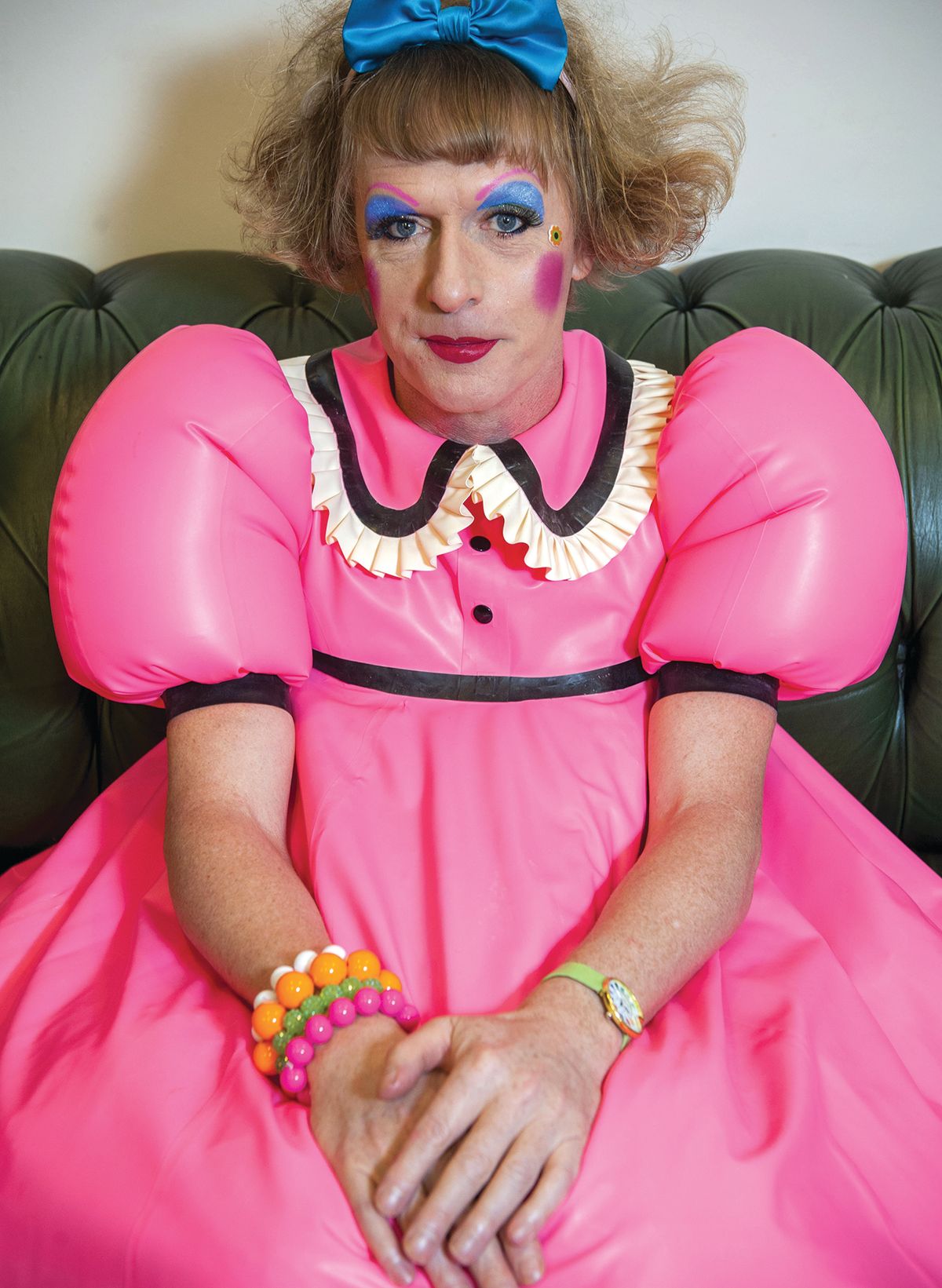My first art fair was at Olympia in west London in 1986, which was a seemingly innocent occasion compared with nowadays; closer to the village hall than to Art Basel. I was showing with James Birch, who loaded his entire stand into a borrowed Citroën 2CV, with the shelves sticking out of the top. I was an innocent: I went to art school without ever having been to a contemporary art gallery, and I entered the fray of the market without knowing much about it. It’s always been my practice to learn on the job. Showing at a fair just seemed like another thing that you do.
It was when my work was shown at Frieze with Victoria Miro in around 2004 that I really began to understand the potential and growing significance of art fairs. My two pots sold straight away, and I remember the instantaneousness of it—bang, the work goes up, it’s sold and replaced by something else. There is something incredibly naked about that transaction compared with a gallery show, where you at least get the set-dressing that you’re putting on a cultural event. At a fair, you might want things to look nice, but it’s a shop—a souk.
Because of the nakedness and the speed of fairs, they are an opportunity for artists to embrace the commercial side and to find out if they’re uncomfortable with it and whether they want to know about it. For me, it’s a fascinating piece of anthropology to wander round the pre-, pre-, pre-opening, where you’re confronted with the celebrities and the world’s super-rich. Some [artists]—whom I won’t call high-minded, but perhaps more intellectually orthodox—might struggle with it; they are making art about serious issues only to find that their political statements have noughts on the end.
I think it was [the artist] Peter Doig who said that going into an auction was like watching your parents have sex. In that case, going to an art fair might be like going to an orgy when your parents happen to be at it! I’m fascinated by the sociology of the art world; it’s grist to my mill, so I embrace it. At a fair, the art looks like a film director has phoned the props department and said: “Can I have a tent full of art because I’m shooting an art-fair scene?” All the works look like that, even when it’s great art. It reminds you how much a lot of art depends on the white cube—not just the aesthetics of it, but also the reverence of it. Some art fails dismally, some thrives. I hope I make artefacts that bring their own context with them, to a certain extent—everybody knows a pot is a pot is a pot.
But fairs also try to cling to bohemia with the back-street bits featuring the younger, hipper galleries—areas where we might see dangerous creativity. They are even trying to package that within the market. I had a conversation with [the retail expert] Mary Portas in John Lewis in which she said: “You see that really wacky sofa made out of patchwork? Nobody’s going to buy that in John Lewis, but they want to come to a shop that has it—and then they’ll buy a beige sofa.” It’s the same with fairs: people come to see a spectacular piece of performance art that really shocks them, but then buy a Jeff Koons. There is always video and performance art because the art fair is not just a market: it is a networking thing, it is the village show. You look at the prize vegetables, but you also want to see the country dancing.
There are now probably collectors whose experience of art is more shaped by going to fairs than to museums. International jet-setters wouldn’t necessarily go to events like Documenta; their experience of art is going to Art Basel in Miami Beach and in Hong Kong. There is also art-fair art. I don’t know if I fall into that [category], but there are many shiny things at fairs that are luscious and that you want to touch.
I’ve got a solo stand at Fiac in Paris [18-21 October] and I like experiencing those steps towards the establishment: to look around, feel what they feel like and think, we can have fun here! It’s power, and it’s money, and it gives you access to different networks. If I have a good sale or some publicity, I sense the interest around me when the tanned and bejewelled people start sniffing around.
Artists can’t avoid looking at the market and you can’t pretend that an art fair is just a cultural event. You go to Frieze and it’s like the motor show, and that’s why I feel slightly uncomfortable that people have to pay to go. It’s like when I go to the motor show and think: “Hang on, I’m paying a tenner to go to a shop.” I embrace the market aspect with a wry smile; I’m quite happy with it. I’ll laugh all the way to the bank.
As told to Louisa Buck
• Grayson Perry: Rites of Passage, Channel 4 on Demand


